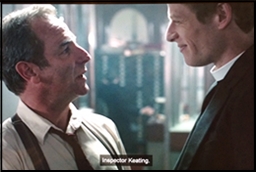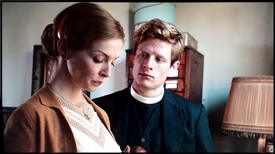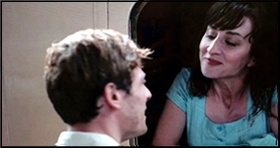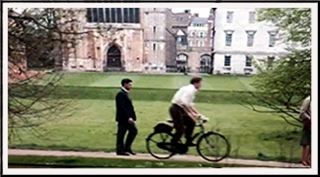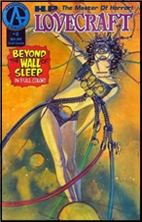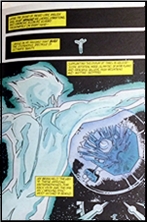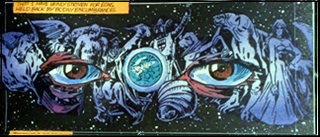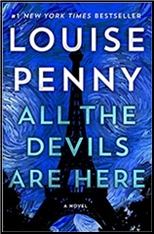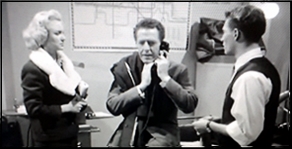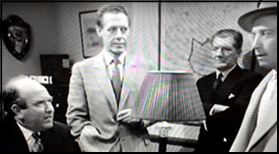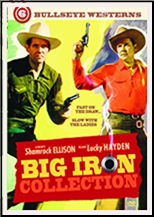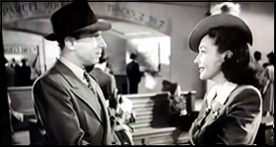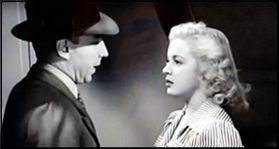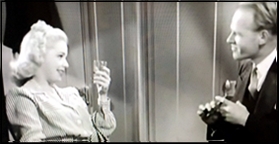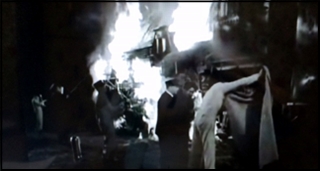REVIEWED BY DAVID VINEYARD:
PETER O’DONNELL – I, Lucifer. Modesty Blaise #3. Souvenir Press, UK, hardcover, 1967. Doubleday, US, hardcover, 1967. Fawcett Crest T1234, US, paperback, 1969. Mysterious Press, US, paperback, 1984.

The man was bronzed by sun, tall, superbly built and with unblemished skin…there was about him a strange air of innocence — strange, because behind it one could sense the steel of absolute authority.
Enter Lucifer, the strange young man whose belief that he is Satan incarnate is matched only by his ability to predict the death of those soon to die of natural causes.
In the hands of the sinister Seff, killer Jack Wish, and nervous Dr. Bowker, Lucifer is the key to a murderous extortion racket with Seff extracting ransom from the wealthy whose death Lucifer predicts — helped along when needed by Wish, Seff’s executioner.
But Lucifer has a wild talent and Seff needs more control in order to insure their continued profit.
“There’s a man named Collier who used to be at Cambridge …came to psychic research from the statistical and mathematical side. Laws of chance and all that sort of thing.â€
A young man named Stephen Collier, who just happens to be a close friend of Modesty Blaise and Willie Garvin, whose unexpected presence will put them both in deadly danger at Lucifer’s rocky island fortress in the North Sea Hau Lobrigo.
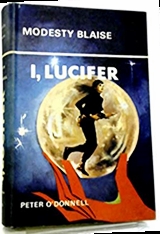
Exotic Modesty Blaise and her Cockney partner Willie Garvin first appeared in a hit comic strip written by veteran comic strip writer Peter O’Donnell and artist James Holdway. With the popularity of the James Bond craze, O’Donnell decided to branch out to books as well, with Modesty soon appearing in the a bestselling hit bearing her name, which also produced a film with Monica Vitti and Terence Stamp as Modesty and Willie (the less said about that, the better). Sabre Tooth, the second Modesty Blaise novel followed, and in 1967, I, Lucifer.
Of the twelve novels and two collections of short stories that followed (not including the collections of the long running comic strip), I, Lucifer is my favorite.
Collier is involved with Modesty, whom he finds as mysterious as her history (one time head of the criminal organization the Network turned very wealthy and well connected sometime helper to Sir Gerald Tarrant and the British government). Nor does he quite understand the non-sexual but close relationship with Willie Garvin, a former kick boxer she rescued and made into her second in command and most trusted friend. Willie purchased a pub with his profits and lives near Modesty.

Readers of the long running series know the Platonic but close friendship of the two is the most intriguing mystery the series offers, and O’Donnell keeps that puzzle and that relationship at the heart of the series front and center, even as others move in and out of their lives. It’s a question O’Donnell cleverly doesn’t answer even in Cobra Trap when he writes the final story in the series.
Somehow Modesty never did successfully transfer to the screen despite a television pilot with Ann Turkel, and a Quentin Tarantino produced movie My Name Is Modesty, made to keep the rights to a bigger production that never came.
But the books are more than enough compensation, along with the internationally syndicated comic strip.
Modesty and Willie are put onto Seff and Jack Wish by their friend Sir Gerald, but their plan to infiltrate Hau Lobrigo is thrown a loop when Modesty gets in only for Willie, observing from binoculars, to find Stephen Collier there as well ready to blow Modesty’s cover.
As complications arise it becomes clear to Modesty she not only has to get Collier free, but also the innocent Lucifer, victim of his own delusion and Seff’s deadly plans despite Collier’s objections of how dangerous her plan is.

“I’m going to get him out.â€
“He’ll blow you Modesty!â€
“You’re getting the jargon aren’t you. But you blew me once yourself, remember?†The soft-spoken words were unjust and hurt badly. He knew she had used them deliberately, to stop argument by crushing him. Before he could form an argument she went on. “Do as I say, Steve. And as Willie says when you get back to him. Otherwise you’ll wreck the job. Haven’t you learned this is our kind of business?â€
Through battle, near death, serious injury, and scrapes so close there are tooth marks in them Modesty and Willie will triumph and the bad guys will meet the kind of fate they deserve in the most satisfying of ways. It is indeed, their “kind of business.â€
And as always Modesty remains Modesty, she and Willie enigmatic as her American millionaire friend John Dall (Sabre Tooth) explains to Collier.
“…â€she’s not to be fought over…she won’t come back home with me or come back home with you. She’ll go somewhere with Willie Garvin. She’ll take it easy and she’ll sleep alone. Maybe they’ll do things, like swim and ride, or sail…or go into town, dance, play roulette. And maybe they won’t. They know how to do things, those two. But they know how to be completely idle, and that’s a rare art…
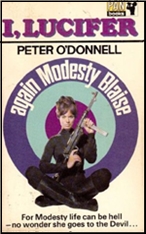
“Well then…maybe one day she’ll call you,†said Dall. “Or maybe she’ll call me. Or not. Of course, you can figure you’re not the kind of guy that waits for a girl to say when. She won’t mind. She doesn’t reckon to have you on a string, so there will be no hard feelings. You can always say you’re busy.â€
“And what will you say?
Dall laughed. “I’m always busy. But not that busy, by God.â€
Which pretty much sums up my long relationship with Modesty.
I’m never so busy I won’t answer her call.
